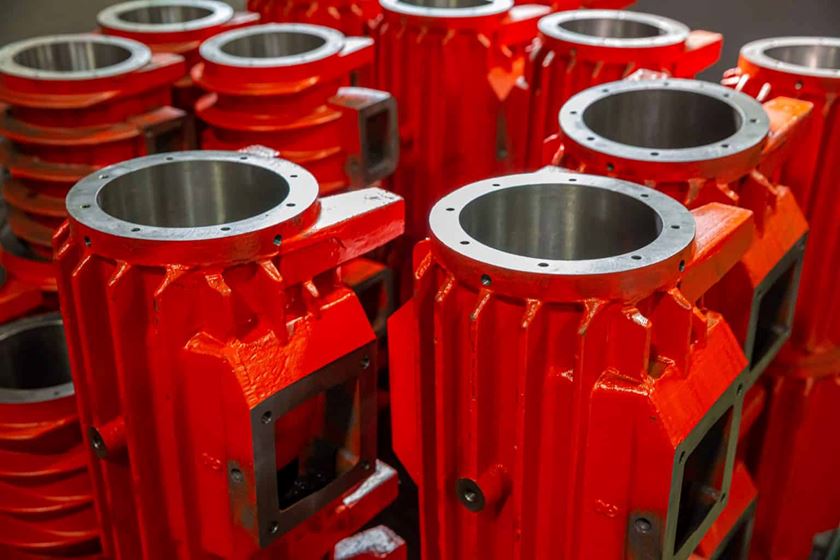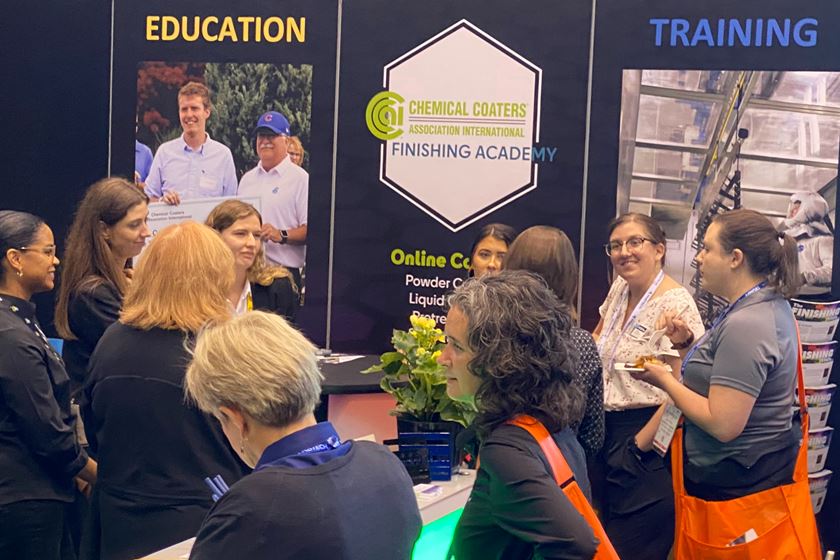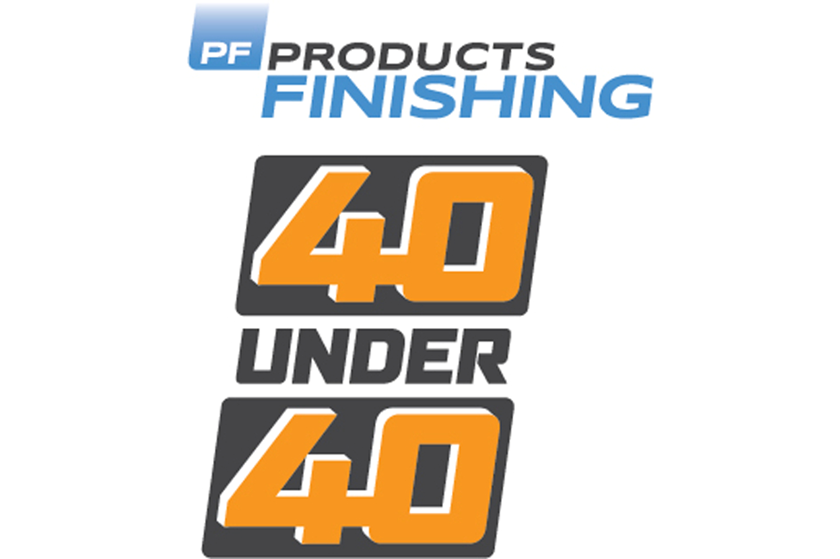It’s Time to Learn How to Win Again
As a new year begins, we will do well to evaluate the strategies that worked and those that did not.
#basics
This year my beloved Green Bay Packers had a rough NFL season. By the close of week 13 their record stood at 4-7-1, unfamiliar territory for fans of a team that has experienced just a few losing seasons in the preceding quarter century.
Following one loss, I was listening to the post-game interview with quarterback Aaron Rodgers. Responding to a reporter’s question on the rocky start to the year, Rodgers reflected, “I’ve said before, every season we have to learn how to win again.”
Learn how to win again. I found myself dwelling on that comment. An iconic NFL quarterback, and certainly a future Hall of Famer, noting that each and every season his team had to learn how to win again. After contemplation, it made perfect sense. Each football season brings its own nuances. New faces arrive at training camp, replacing those of players lost to retirement, off-season trades and free agency. New coaches join the team’s leadership, perhaps accompanied by new offensive and defensive systems, plays and play calling strategies. The same changes affect the competitor’s teams, and the squad and approach faced on the gridiron the year before can look markedly different as the next season begins.
Even in the absence of major changes to a team, just because a system or player synergy worked last year doesn’t mean it will work the next. Last year’s tricks are out of the bag, having been played as needed during the prior season.
Every season we need to learn how to win again. It occurred to me how apropos this philosophy is to leading a surface finishing business. Too often we fall into a sense of complacency, believing that the growth and improvement strategies that were effective last year will be just as effectual this year. But why would they be?
Much like the transformations an NFL team experiences during the off-season, our businesses are not the same as they were a year ago. It’s likely that key people have left to pursue other opportunities and were replaced by new blood. Over the course of a year, operation teams can look significantly different as team members come and go, gain new skills and earn promotions.
Our supplier’s engineers have been hard at work on new technologies that may benefit us and our customers. We may offer processes, products and finishes that weren’t in our quivers 365 days ago. Equipment added during the prior year may change the manner in which our operations respond to market needs.
We likely begin the new year with clients we didn’t have at the start of last, and chances are good that we lost a customer or two as well. Our existing customers’ businesses and our customers’ clients may have changed, necessitating new approaches to doing business with them.
The regulatory environment may have become more stringent or less onerous. Public and economic policy morphs, affecting health care costs, retirement programs and financial strategies. Anyone who managed finishing operations through the dot com bubble or subprime mortgage crisis knows firsthand the impact the overall economy can have on the finishing sector and the strategies required to ride out a downturn.
Our competitors’ approaches to the coatings market have likely transformed as well, and their product offerings and strategies employed in competing with us will likely differ from those they utilized last year. I recall a discussion I had several years ago with one of our department heads, Jimmy. He asked, “Do you ever worry that you’re giving away all of our success secrets in your magazine columns when you write about everything we’re doing?” I responded with a smile, “I’m telling them what worked last year; by now we are on to new strategies that we won’t tell them about until next year.”
Our businesses are not the same as they were at the dawn of 2018. As a new year begins, we will do well to look back on the last and evaluate the strategies that worked and those that did not. Most important, we must remind ourselves that our people, competitors, technologies, and markets have shifted and so too must our approach to success in the new year.
Welcome to 2019. It’s time to learn how to win again.
RELATED CONTENT
-
The Powder Coating Process
Powder coating is one of the most durable finishes that can be applied to industrial manufactured products, and offers excellent corrosion protection and is very safe because of its lack of volatile organic compounds. To understand the powder coating process you should start with the fundamentals.
-
Preparation of Stainless Steel for Powder Coating
Should type 316 stainless steel castings be sandblasted before powder coating, or can they be chemically etched? Should the parts be pre-heated in an oven before coating?
-
Powder Coat MDF for an Enviable Finished Product
Cabinet maker says powder coating on wood offers more benefits.
















